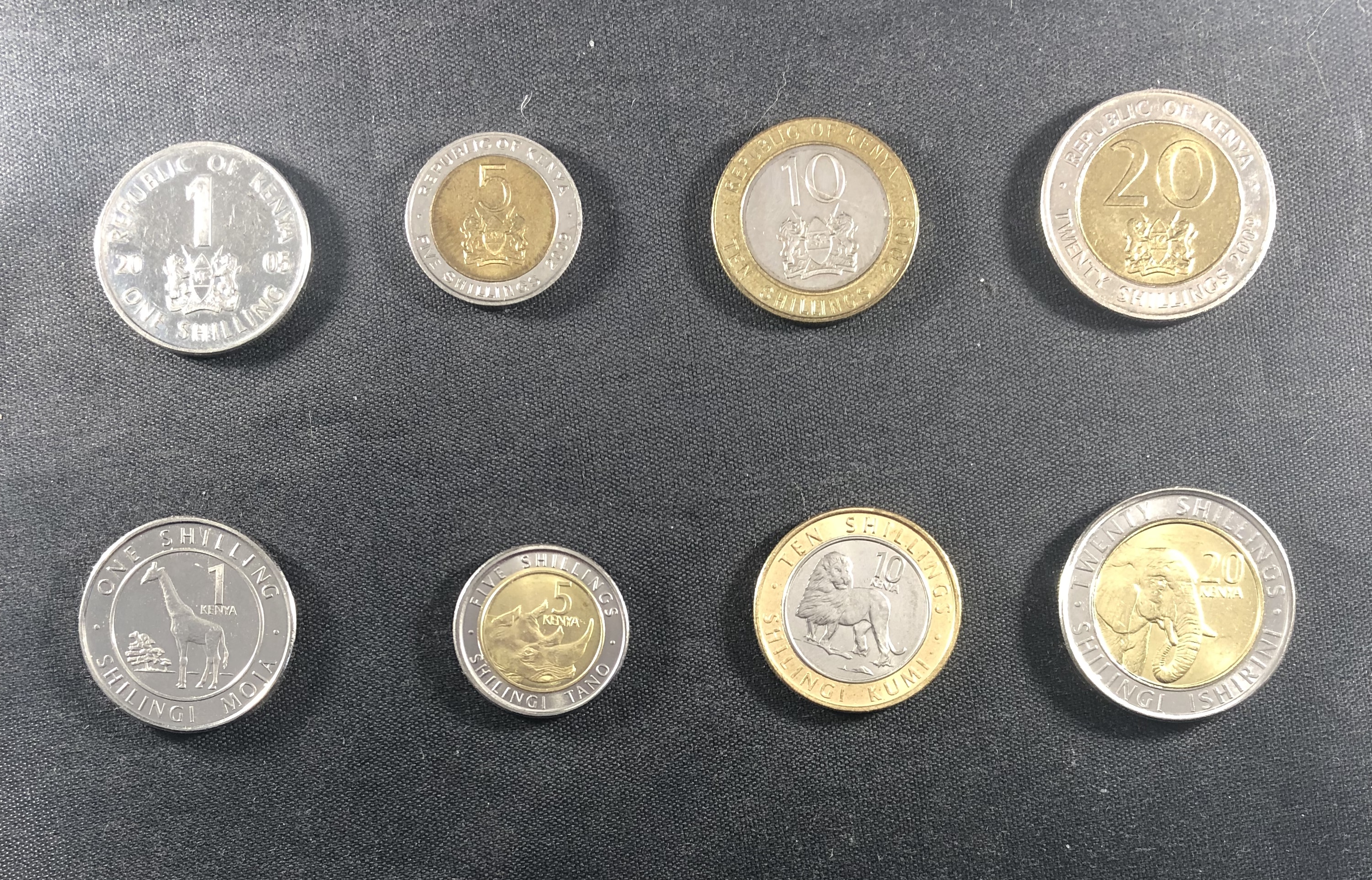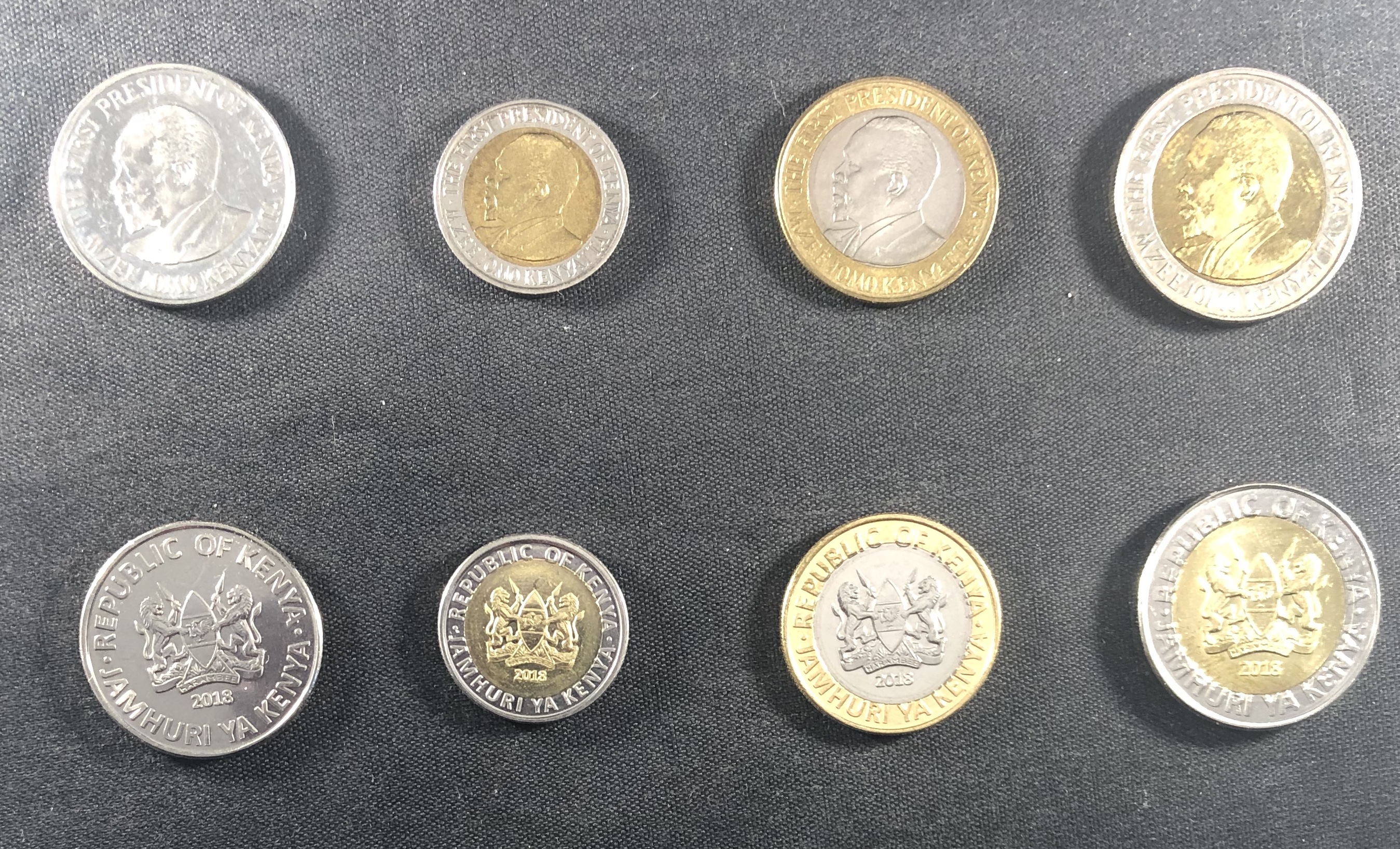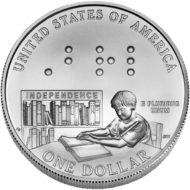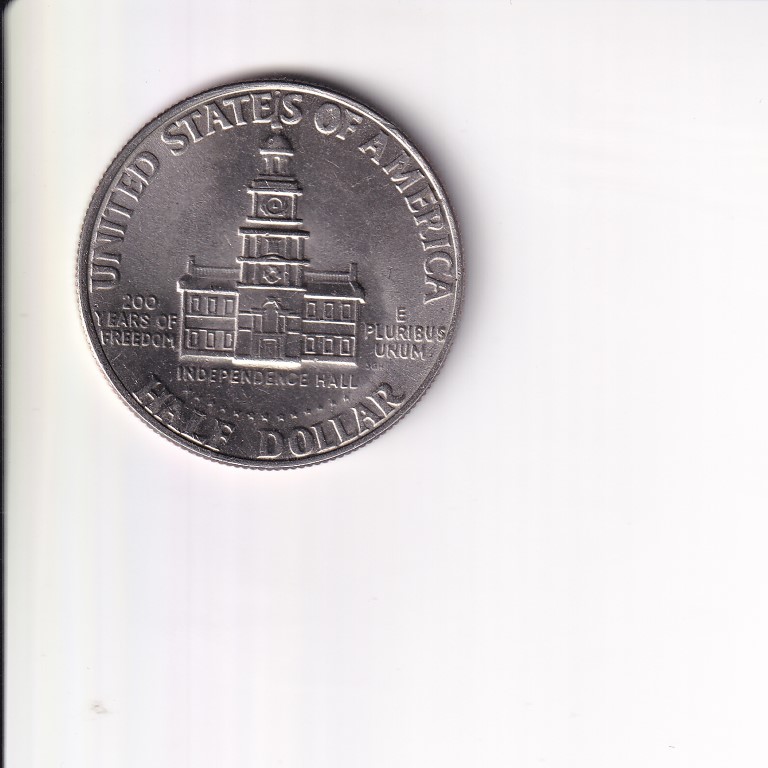The Central Bank of Kenya announced the redesign of the Kenyan coins at the end of 2018. An interesting component of the announcement was that the new coin designs are to be more accessible for visually impaired people. The announcement circulated on the internet in slightly different variations, both in English and Swahili. Here is an official poster. The major change is that the picture of Jomo Kenyatta is replaced with wild animals, the giraffe, rino, lion and elephant, which can be found in Kenya.
I was anxious to find out in what way will the new coins be more accessible. At the time of the announcement very little information was available. This week finally I have received a set of the new coins. I organized the old and new coins on the pictures so that they can be seen side by side for the sake of comparison.
At the time of the original announcement, I doublechecked my Kenyan Shillings, because as much as I remembered, they weren’t particularly inaccessible, or by any means unusable for visually impaired people. They aren’t the easiest set of coins to tell apart, but certainly much more diverse than the recent coins of India for example.
When I got the new coins, I was surprised to find that the difference is very little. In fact, just for the first touch, aside from the obvious animal figures, they felt exactly the same as the old coins. I checked on Numista and found that the new coins have the exact same measurements. These measurements were later also posted on the web site of the Central Bank of Kenya.
For comparison, the below table contains information about the old and new coins side by side. At the time of writing, the KM# of the new coins did not exist, and the thickness is also missing, but we can safely assume that it is identical to the old coins.

| Date | KM# | Composition | Diameter (MM) | Weight (G) | Thickness (MM) | Edge | |
|---|---|---|---|---|---|---|---|
| 1 Shilling | 2005 | 34 | Nickel plated Steel | 5.5 | 23.9 | 1.9 | Alternating reeding and smooth sections (4 each) |
| 1 Shilling | 2018 | Nickel-plated Steel | 5.5 | 23.9 | Alternate: 4 Plain/ 4 Reeded sections | ||
| 5 Shillings | 2009 | 37.1 | Bi-Metallic Aluminium-bronze center in Copper-nickel ring | 3.75 | 19.5 | 1.85 | Reeded |
| 5 Shillings | 2018 | Bi-Metallic Brass plated steel center in nickel plated steel ring | 3.75 | 19.5 | Reeded | ||
| 10 Shillings | 2009 | 35.1 | Bi-Metallic Copper-nickel center in Aluminium-bronze ring | 5 | 23 | 1.75 | Reeded |
| 10 Shillings | 2018 | Bi-Metallic Nickel plated steel center in brass plated steel ring | 5 | 23 | Reeded | ||
| 20 Shillings | 2009 | 36.1 | Bi-Metallic Aluminium-bronze center in Copper-nickel ring | 9 | 26 | 2.4 | Segmented reeding |
| 20 Shillings | 2018 | Bi-Metallic Brass plated steel center in nickel plated steel ring | 9 | 26 | Alternate: Plain/Reeded |

The similarity of the coin sets is understandable, especially because the old ones will continue to stay in circulation. This can ensure that automated identification does not have to be disrupted, for example for vending machines or coin counters. But then what really happened with accessibility?
The first problem is that there wasn’t a thorough official description of the new coins and a statement of accessibility. Thus, different news sources took information from one another and slightly modified it. For example, at the time of announcements it often wasn’t clear if the coins will get a redesign or banknotes as well. Often the new money was referred to as “new currency coins”, which could mean anything. Then the expectations were raised when the new sources were talking about how the new “currency coins” will make a difference. For example, according to the Daily Active which is a Kenyan news portal, the new coin design will end the struggle of the visually impaired. It was interesting to read, because the old coins by no means were as inaccessible as they could have been a struggle, and the new coins are practically not any different when it comes to accessibility.
Personally I could imagine a coin set which is much easier to identify, especially the 1 and 10 Shillings can be easily confused based on their size. However, the one Shilling has segmented reeding while the 10 Shilling is just continuously reeded. I find it more confusing that all coins are reeded. It would be much easier to tell reeded and smooth coins apart, especially when they are of similar size.
But I certainly don’t understand how the new coins are so revolutionary to aid visually impaired people. Even if the aim of the Central Bank of Kenya was to maintain the exact same measures, they could have made the coins more tactile while reflecting the diverse culture and natural environment as stated in several news releases. While it is possible to feel the shape of animals, when counting coins quickly it is not the first feature people would touch to tell the coins apart. Even if they did, for all practical purposes, these animals are relatively identical by touch, they can be distinguished much better by eye-sight. Visually, the different animals can be easier to tell apart than a head on each coin. The colors have little variety too, and the numbers are smaller on the new coins. A coin could stand out much better if it used more smooth surface than others. As we pull a coin out of a batch, we generally hold the two sides and not the edge. If one coin for example contained enough smooth surface, for many it would not be necessary to check if the edge is reeded or reeded with segmentations. Of course this does not apply in all circumstances, for example people who have lost some of the sense of their touch may not be able to easily make use of such features.
In conclusion I have to say that the advertisement of more accessible coins for visually impaired people was very unfortunate. It created high expectations for something which was already at least similar to the coins of most countries. An announcement similar to what can be read on Coin Update could have been much more realistic, which states that coins will “continue to include tactile features enabling visually impaired persons “. But regardless of the original intent, it is fantastic that a government seriously considers the access to coins for visually impaired people.

